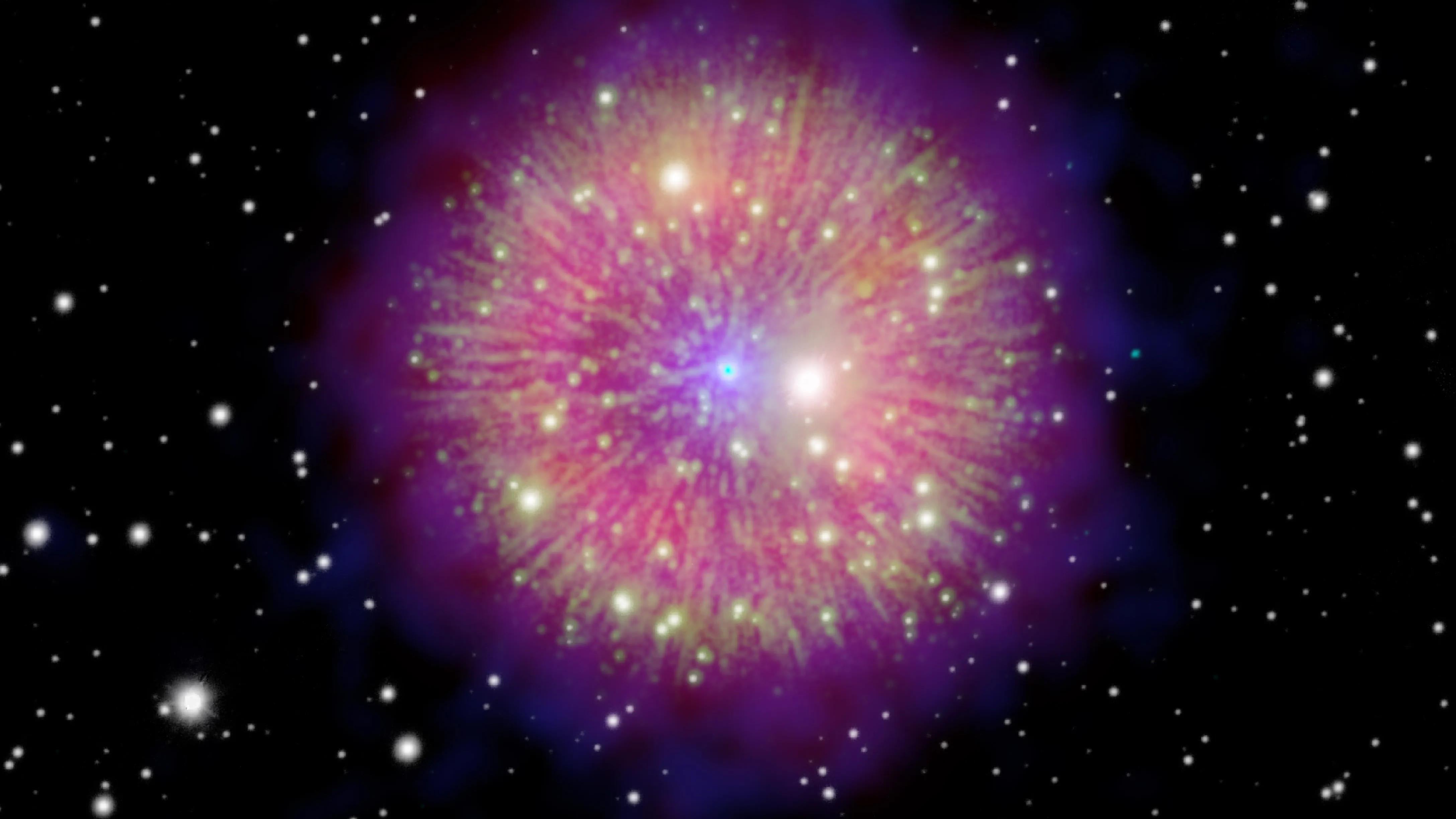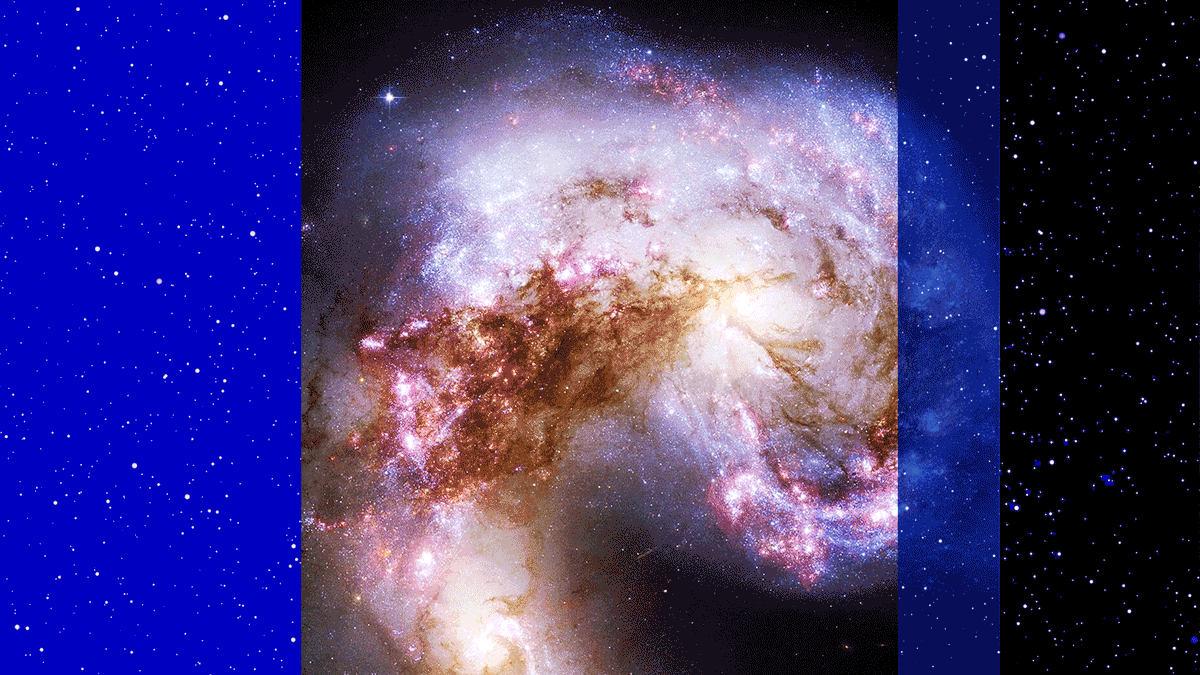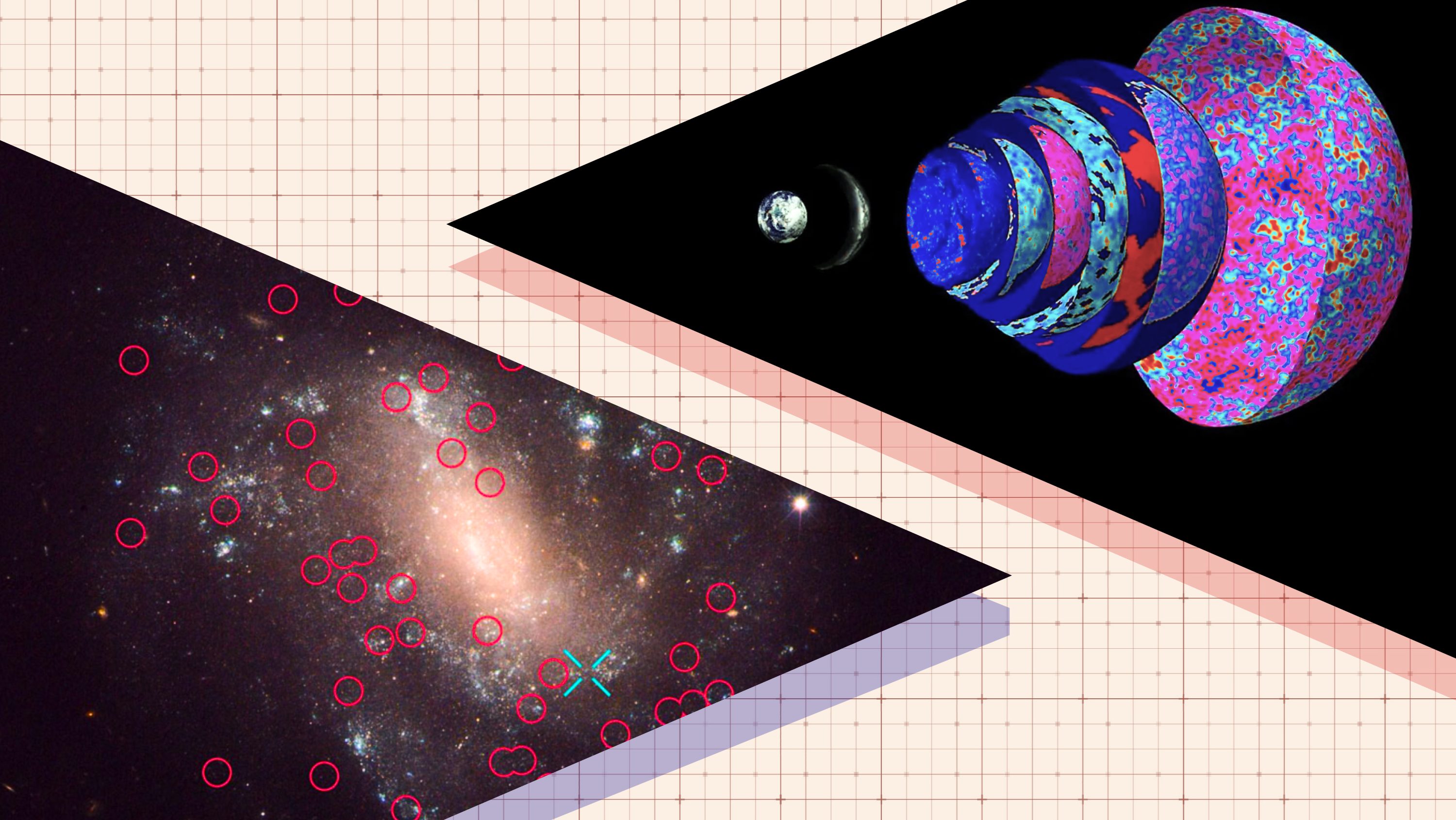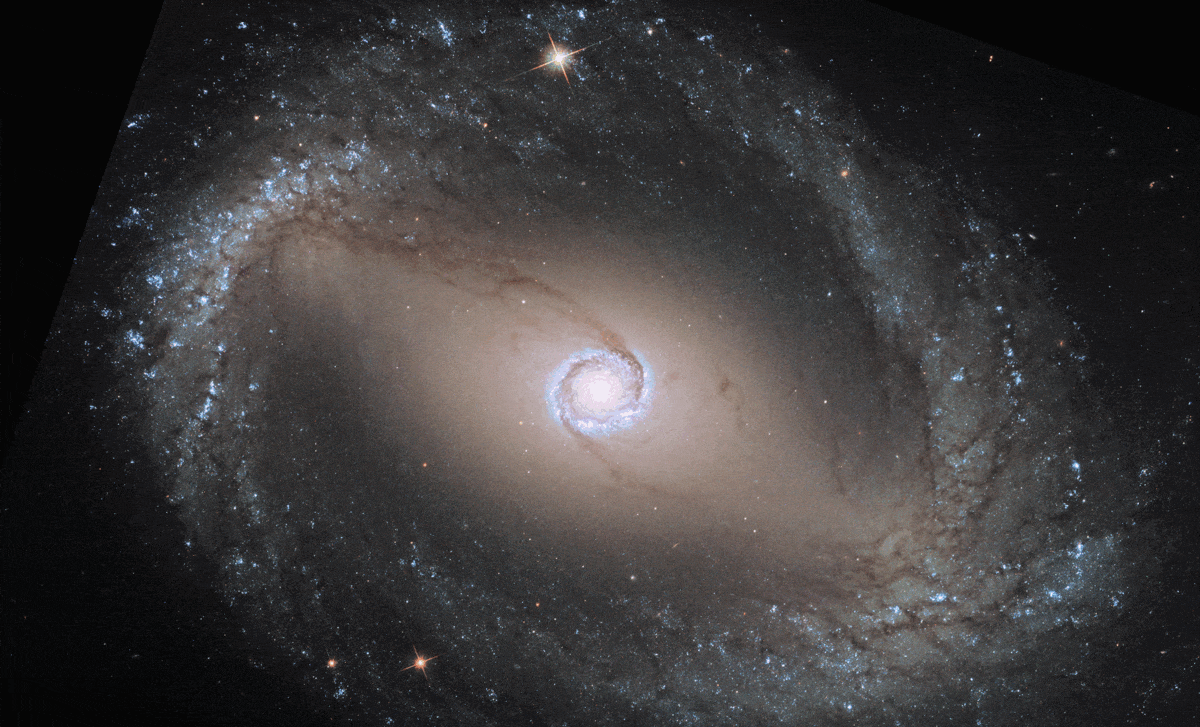On The Hunt For Supernovae

What’s the Latest Development?
This week the international team of researchers behind the Dark Energy Survey (DES), which since 2012 has examined the universe’s accelerated expansion, announced a new initiative that will focus on the massively bright exploding stars known as supernovae. The five-year mission will involve the use of a new high-resolution camera, installed on Chile’s Blanco telescope, that has already located 200 candidates and is expected to discover many more. Anticipating huge amounts of data, University of Portsmouth researcher Chris D’Andrea says the team won’t be able to analyze each candidate individually using traditional methods: “We need to use other techniques to confirm which of the objects we observe really are exploding stars.”
What’s the Big Idea?
Supernovae are both plentiful and old — several billions of years old — and as such, they can provide clues as to how fast and how much the universe has been expanding. DES researchers are especially interested in comparing the brightness of Type Ia supernovae because they “all have nearly the same luminosity when they reach their brightest phase” and can serve as a reliable measuring tool for calculating the universe’s expansion over time.
Photo Credit: Shutterstock.com





